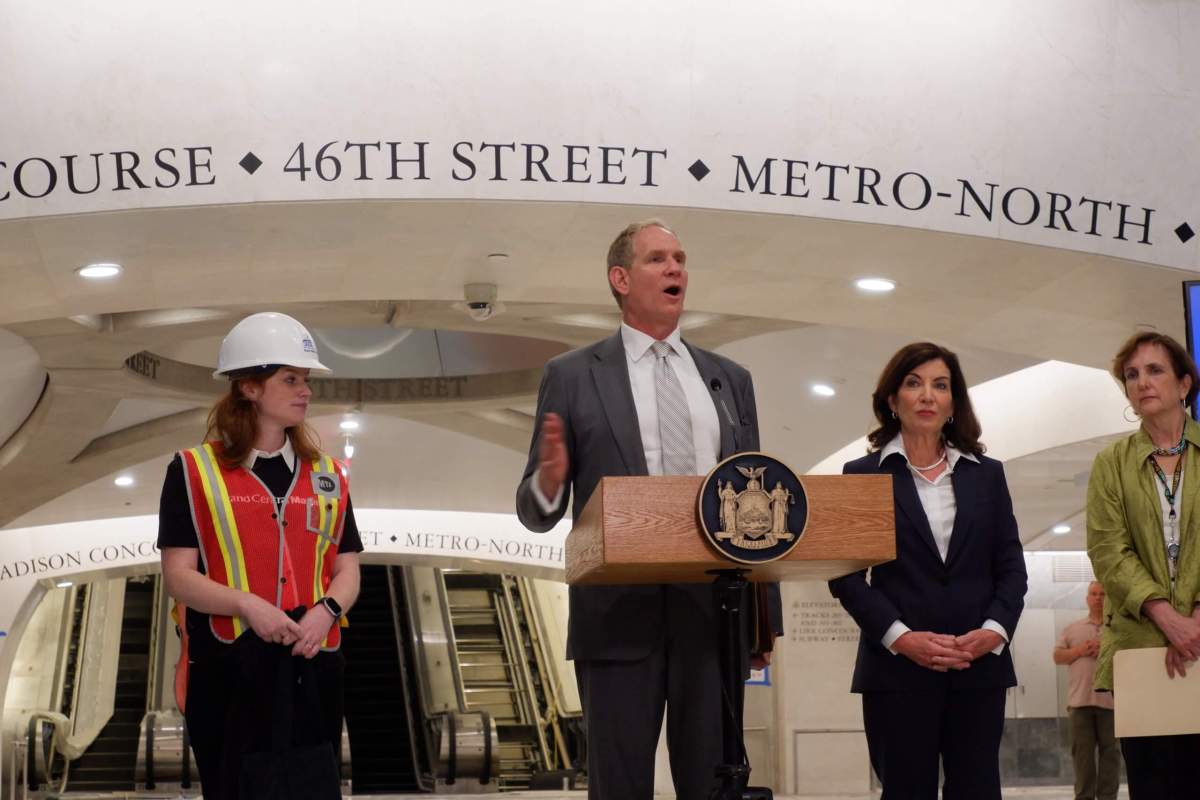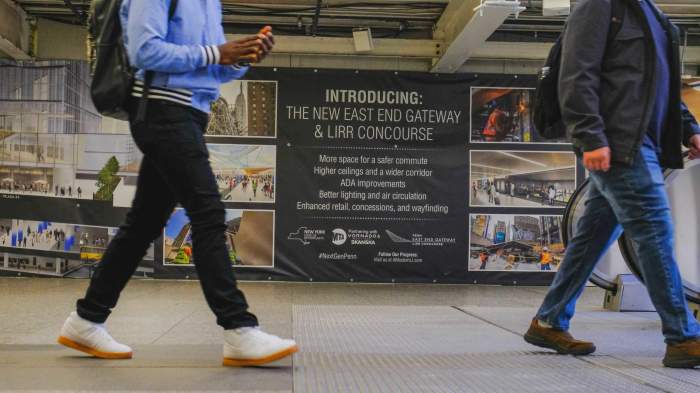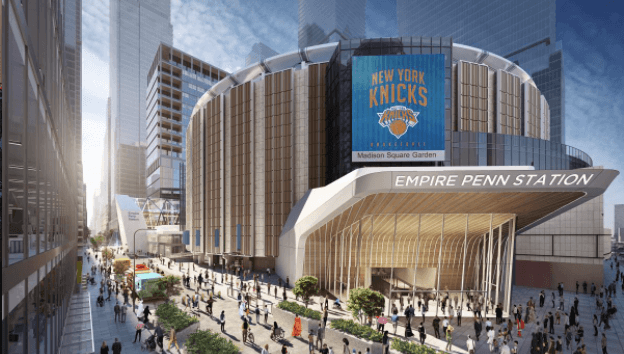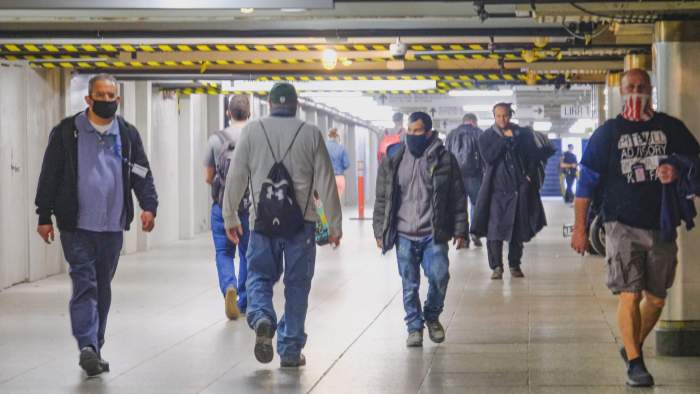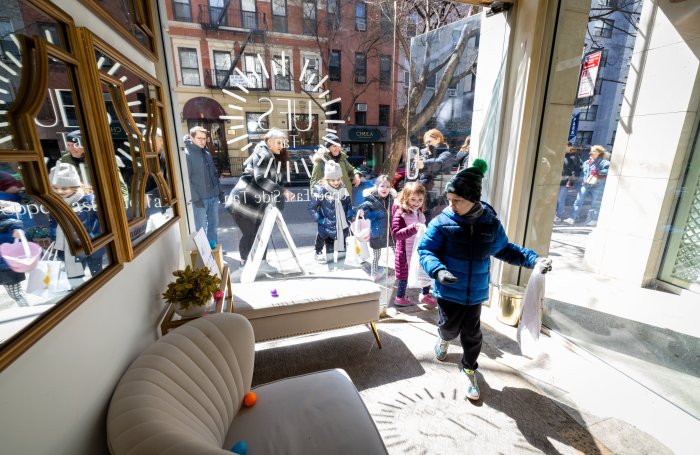There’s no shortage of challenges facing the MTA these days – from our precarious financial situation to subway safety. But despite what some may think, there’s actually a lot to be hopeful about, in large part because the MTA is attacking big issues head on.
One of the most significant challenges the MTA has struggled with for decades is how to make a 117-year-old subway system fully accessible in accordance with the Americans with Disabilities Act. It took 30 years just to get the first 100 priority stations built out. The turning point came when we adopted the historic 2020-2024 Capital Program, which includes an unprecedented $5.2 billion investment in accessibility and a commitment to get 70 stations done.
Lo and behold, we started renovating faster than ever – adding 15 accessible stations to the map just since the start of the pandemic. That’s more than the entire seven-year period from 2012 to 2018. And in the last two years, we’ve awarded contracts for another 23 stations. Sixteen more are in procurement right now. All told, 79 accessibility projects are currently in development.
Last week, we took the next great leap, together with our partners in the disability advocacy community, by signing a legal agreement that commits to maintaining this same level of investment in future MTA Capital Programs until at least 95% of stations are outfitted with elevators or ramps. We’re eager to move forward rapidly so that no New Yorker will ever have to contort their travel plans or skip a fun event because a subway station isn’t ADA accessible.
Another big issue the MTA is taking on, with support from Governor Hochul, is congestion pricing. We’ll never be able to achieve our climate or air quality goals, or truly prioritize street space for the types of vehicles that we must have – like buses, police, fire and sanitation vehicles, and Paratransit – until we have a system that disincentivizes private single occupancy vehicles from clogging up the Central Business District.
Congestion pricing is the best answer. We’re now working through issues with the federal Department of Transportation so we can begin implementing this historic program as planned next year.
The MTA is also prioritizing Buses – under-appreciated heroes of public transportation – by redrawing service maps for the first time in 100 years with our borough-by-borough Bus Network Redesigns. It’s no secret that buses are engines of equity. They’re the only mass transit option available in some neighborhoods, and they need to be faster than walking!
Our new plan for Bronx service launched Sunday. Next up is Queens, where we’re currently working with the community to achieve consensus on the latest draft proposal.
But our biggest challenge yet may be fixing Penn Station.
People have been debating the best way to do it practically since the current version opened in the 1960s. Now we’re finally pushing ahead with the Governor’s plan to knock out the Amtrak concourse level and create a stunning new station with ceiling heights and open space like Grand Central Terminal and Moynihan Train Hall. A Request for Proposals for the new design was issued earlier this month; the next step is to sort through submissions this summer.
None of these issues have easy solutions. But under my leadership, the MTA won’t be kicking the can on tough issues. By working together, we can do big things and create the modern 21st century transit system New Yorkers deserve.
Janno Lieber is MTA chair and CEO.



